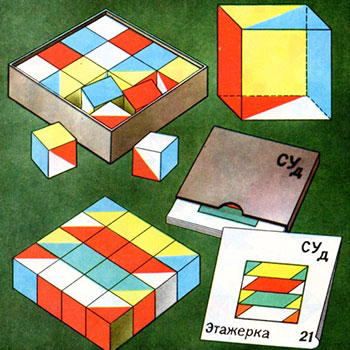How do you convert (-4, 3) into polar coordinates?
2 Answers
If
Magnitude of a cartesian coordinates
Let
Magnitude of
Angle of
But since the point is in second quadrant so we have to add
Note that the angle is given in degree measure.
Given that a point
Then
Explanation:
This is not a polar graph!!!
We are give the coordinates of (-4,3)
Suppose we viewed this in the context of Cartesian form and use
Then
So we would have
Suppose the graph was only plotted over the range
Then the above graph would not be continuous but be a line from
All we need now is the angle that that line makes to the x-axis and the length of that line.
'~~~~~~~~~~~~~~~~~~~~~~~~~~~~~~~~~~~~~~~~~~~~~~~~~
'~~~~~~~~~~~~~~~~~~~~~~~~~~~~~~~~~~~~~~~~~~~~~~~
The Polar angle
Let the angle from the line to the negative x-axis be
Then
But
so
'~~~~~~~~~~~~~~~~~~~~~~~~~~~~~~~~~~~~~~~~~
Given that a point
Then


